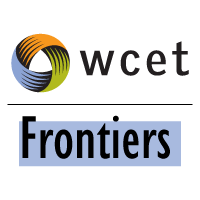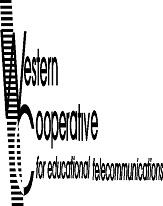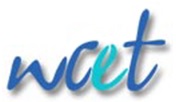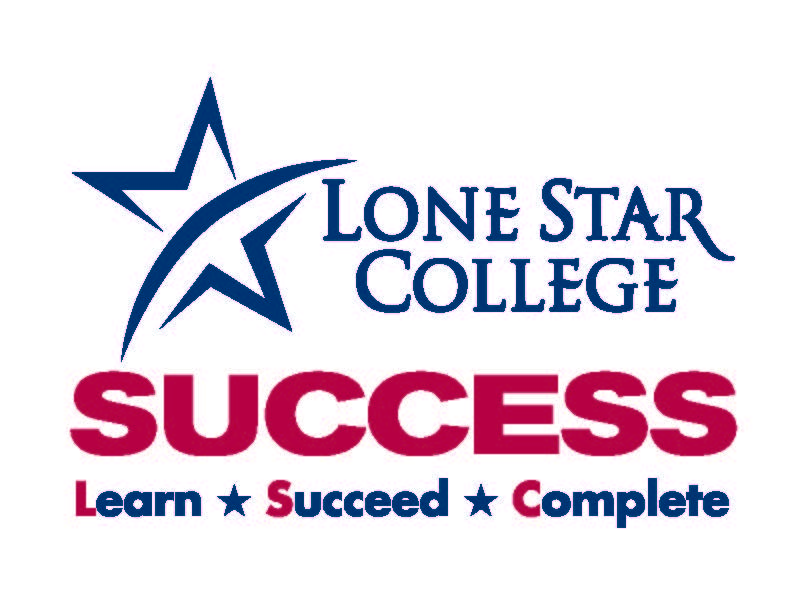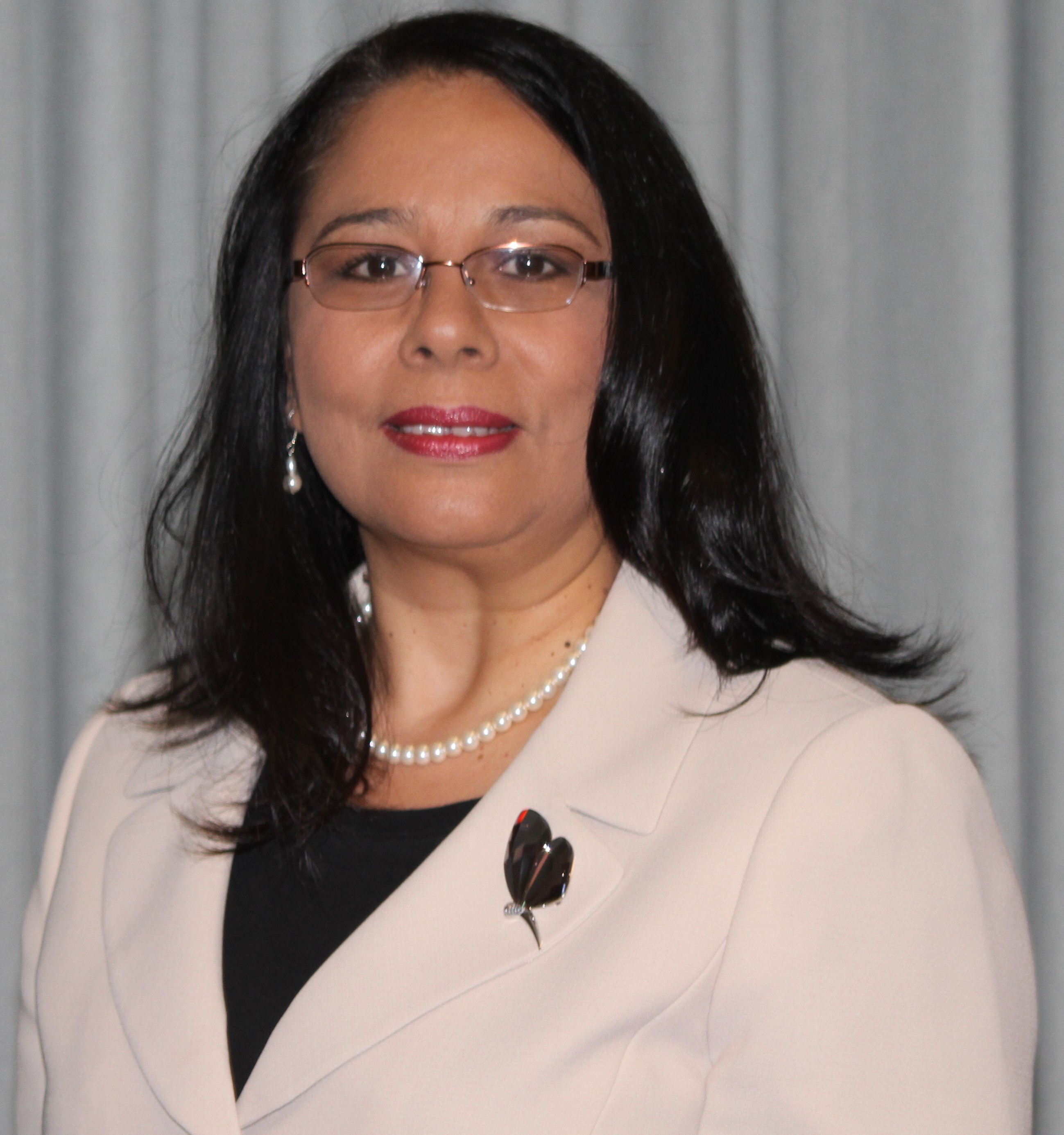Today we welcome guest author, David Shulman, Campus President, Broward College Online, as he shares with us how Florida’s Global Campus made the commitment to and implemented open educational resources and other no-cost course materials.
Background
It’s no secret that the cost of higher education and the ballooning student indebtedness have become part of the national consciousness. In numbers this is starkly represented by a rise in student loan debt from $240 billion in 2003, to a trillion dollars in 2014. Yes, you read correctly, one trillion dollars….and that’s just tuition. We haven’t discussed the cost of textbooks and digital content in the affordability equation, yet the same decade has socked students with prices increases in excess of 80 percent.
Broward College prides itself on a low cost of tuition, but controlling external factors such as textbook and materials inflation is not feasible. After all, what influence could we have against publishing behemoths, let alone the secondary economies built around book rentals, used books, shared books, and even black-market copies. Yet leave it to Clayton Christensen’s disruption theory to step in and provide an Internet-enabled market solution that addresses these ancillary expenses. Indeed, some three years back Broward College Online, the virtual campus in our system, decided to take a stand and chart a new direction in quality, affordable courses by embracing the disruptive elements of Open Educational Resources (OER) and other technologically mediated solutions.
Why are we committed to OER and No-Cost Materials?
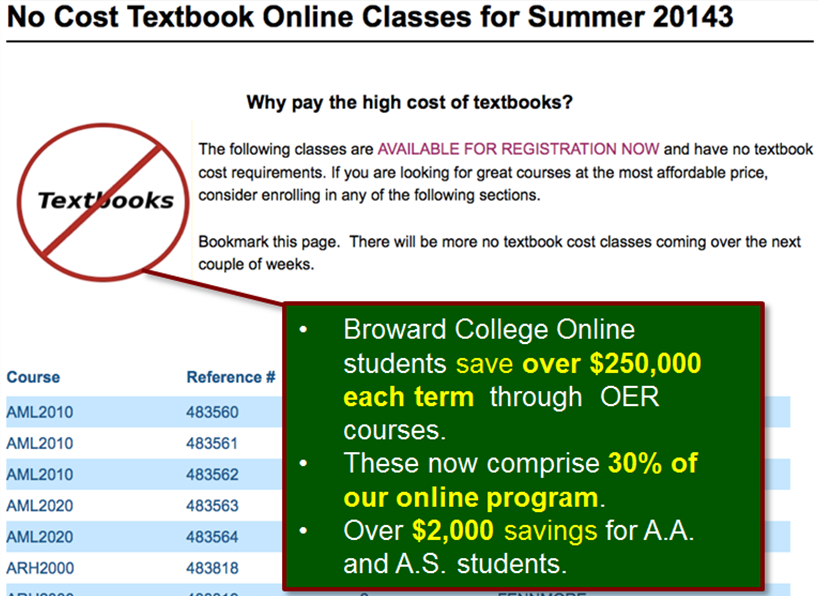
Affordable education is a deeply embedded value of Broward College, and the idea of taking the path less chosen through no-cost Open Educational Resources (OERs) was too good not to investigate. After all, if the learning outcomes could be demonstrated through mastery of competencies, why not try the OER approach and begin to chip away at that annual cost of $1,234….one course at a time.
Of course student behavior is also a factor. We’ve all heard the effects of high textbook costs, such as students forgoing the materials altogether, not starting class with the textbook due to insufficient funds, problems with correct editions, access code woes, and I could add several other impediments to learning that typically hit hard at the start of each new course.
We do have purely selfish motives for OER and other cost-neutral ways of serving students. Managing textbook versions is no easy feat for on-ground or online classes. Not only do new editions need to be ordered, but so courses themselves require redesigns or a total redo overs to meet new books. The latter is particularly challenging as the cycle of textbook changes has shortened over the past decade. As an online campus managing hundreds of courses each term, we are direct beneficiaries of the efficiencies that embedded OER and no-cost content solutions offer.
Our commitment to OER is also an added efficiency in light of textbook changes being considered by the State of Florida that would require transparency in textbook information inclusive of posting details several weeks prior to the start of registration. Clearly OER provides huge advantages in dealing with the rigors of compliance. National level politics are also revealing concern over textbook affordability, with U.S. Senators Dick Durbin (D-IL) and Al Franken (D-MN) introducing legislation mitigate costs by having textbooks accessible and free. The “Affordable College Textbook Act” seeks to develop online textbook content that can be freely licensed and repurposed.
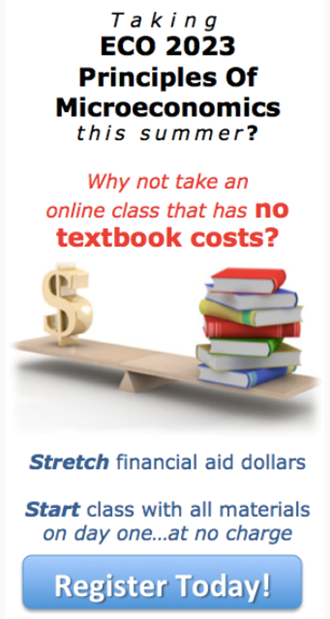
How did we get here?
Our journey started back in 2012 with a decision to host an “e-Textbook & Digital Content Symposium.” This event provided a wonderful introduction to our College of OER and other emerging content delivery options. Faculty, neighboring institutions, and many vendors (AcademicPub, Apple, Cengage, Coursesmart, Courseload, Flat World, McGraw-Hill, Pearson) provided a view into the changes and trends in content ownership and delivery. The result of this signature event was the birth of Broward College Online’s commitment to OER and other zero cost course materials.
Over the next two years Broward College Online steadily began moving from the exploratory phase to building no textbook and no cost solutions for our master courses. We also contracted with Flat World Knowledge to use their library and authoring platform to embed OER and develop custom e-books, primarily in general education courses.
How are we doing?
Broward College Online is seeing an impact as our OER and no-cost catalog grows. Winter/Spring 2014 students saved over $250,000 and Summer 2014 is running at close to 30% OER and will far exceed the quarter million dollar mark. What’s even more encouraging is that success and retention are positive in these offerings, and enrollments are strong.
No cost and textbook free courses are now routinely advertised to prospective enrollees through LMS announcements, website advertising, and social media. Every new OER or no-cost material course that emerges from our course development process is heralded through these media to increase awareness of these courses and to drive enrollments to Broward College Online offerings.

What have we learned?
Building quality OER and no-material cost courses is not a simple task. Part of the learning curve at Broward College Online has been the realization that the process needs structure and support. Our approach has now evolved to include professional development and the services of our campus’s full time librarian. Apart from in-house training, Broward College Online also contracted with Lumen Learning to conduct OER workshops for staff and developers, as well as from Flat World Knowledge.
There are certainly pain points in the process, including the difficulty of replacing commercial adaptive and artificial intelligence technologies. Additionally, some content areas are simply far more intense and difficult to design OER-based courses. Examples of this have been Mathematics, Anatomy and Physiology, and Computer Science.
Where are we headed?
Our most ambitious project launches in Summer Term 2014, as we start accelerated A.S. and A.A. programs built around OER. The savings to a graduate of either degree will be at least $2,000. In addition, Broward College Online will continue to expand our catalog of OER and no-cost textbooks and materials, with an eye to realizing these outcomes:
- Increased student engagement, retention and completion.
- Students starting each online course with all requisite materials.
- Financial Aid awards stretching further through the elimination of textbook and material costs.
- Elimination of all publisher access codes, which currently provide significant help desk cases and obstacles (financial and logistical) for students.
- Provisioning mobile solutions that seamlessly enable anywhere, anytime access to e-textbooks and digital content where possible.
- Provisioning print on demand and/or hard copy options to ensure students have all media formats available.
- Increasing use of Open Educational Resources (OERs) to provide high quality and affordable educational materials licensed to be used freely through Creative Commons licensing.
- Almost every new course will be developed or redesigned by Broward College Online with OER.
- Launching the B.A.S. Management Supervision degree in Fall 2015 with no-cost OER and digital content.
- Effectively managing textbook and material needs for Broward College Online’s local and state students, as well as for our out-of-state and global learners.
We’ve just left the starting gate with this new initiative, and are on track to save Broward College Online students over three quarters of a million dollars this academic year alone. When this is combined with the lowest tuition in the state we see the value of our brand and credentials increasing in quality and decreasing in cost.
David Shulman, Ph.D.
Campus President
Broward College Online – Florida’s Global Campus
dshulman@broward.edu
online.broward.edu
